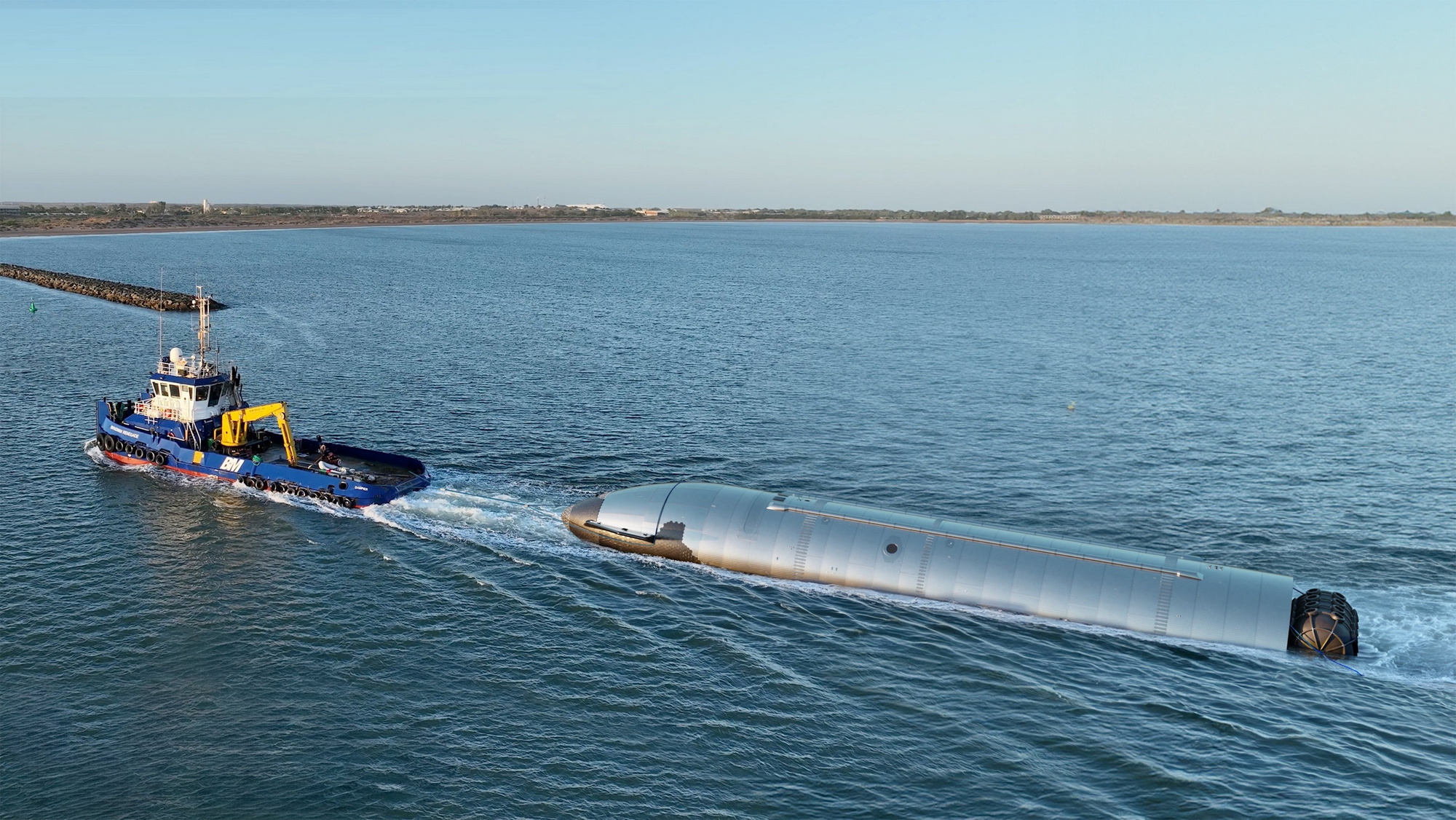Starship’s sixth test flight didn’t go exactly as planned, as the Super Heavy booster failed to complete a vertical landing. However, the upper stage, Starship, made a controlled descent into the Indian Ocean. SpaceX was able to catch the remains of the upper stage and retrieved the equipment to analyze and prepare for future testing.

Among the equipment captured were tanks, heat-resistant cladding and metal fragments, which were taken to a port in Western Australia for further analysis. During this operation, a SpaceX vessel specially equipped for towing was utilized.
According to Interstellar Gateway, previous Starship missions have focused on deploying buoy cameras to record the rocket’s descent. This time, however, SpaceX additionally used cables, rigging and a crane to retrieve the stage from the water. This approach provided additional data on the post-flight condition of the rocket.

Successes and failures of Starship tests
Starship’s previous fifth test flight in October was a significant achievement. For the first time, the 71-meter-long rocket’s booster landed softly toward the Mechazilla tower, which fixed it with mechanical arms. However, the sixth launch failed to replicate that success: the launch vehicle made a soft landing in the water off the coast of Texas due to failure to meet criteria for tower capture. At the same time, the Starship upper stage successfully re-entered the atmosphere and made a controlled landing in the Indian Ocean.
There were also a lot of other objects unloaded that we could not identify. Some of them are featured below. pic.twitter.com/vI4Y2jVJm0
— Interstellar Gateway (@interstellargw) November 27, 2024
SpaceX continues to improve the system through iterative analysis. Collecting physical data from the wreckage allows the company to better understand how Starship survives the high temperatures and stresses of re-entry. For example, studying the heat shield is critical for further improvements. Interstellar Gateway says that analyzing the heat-resistant tiles that have survived the tests helps identify defects that would be unnoticeable with remote monitoring.
After an initial failed launch that ended in an explosion, SpaceX has made significant progress on Starship development. The company is now preparing for its seventh test flight in an effort to achieve greater regularity in the launch of its mega rocket. Each test provides new data to help optimize the design and prepare Starship for future missions.
Previously, we explained everything you wanted to know about Starship but were afraid to ask.
Provided by Gizmodo


